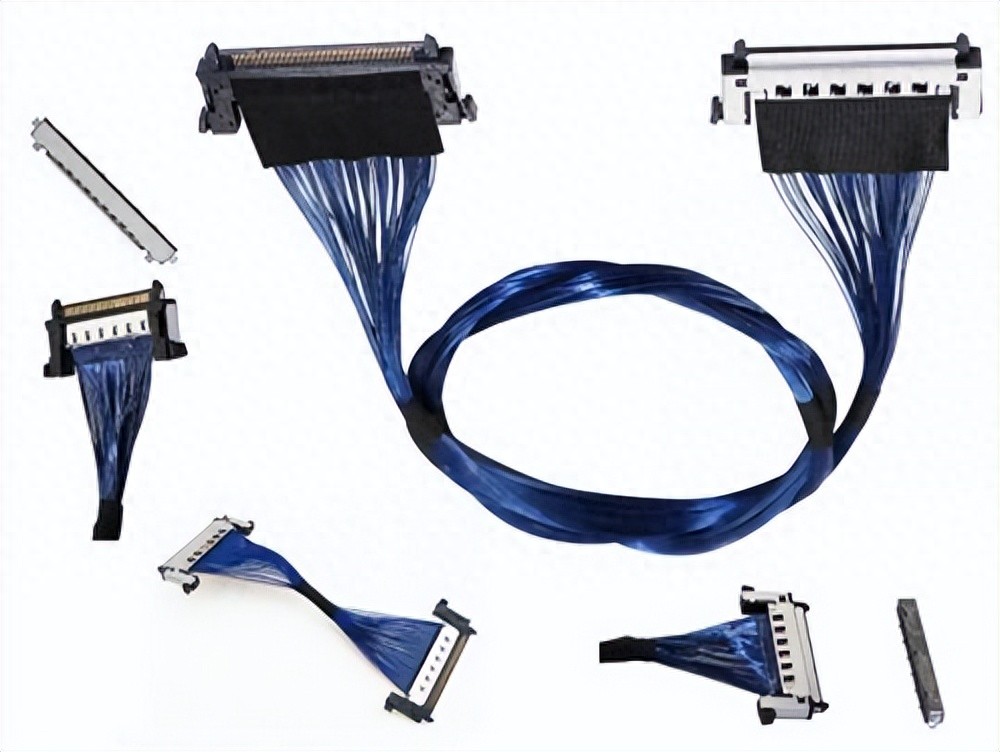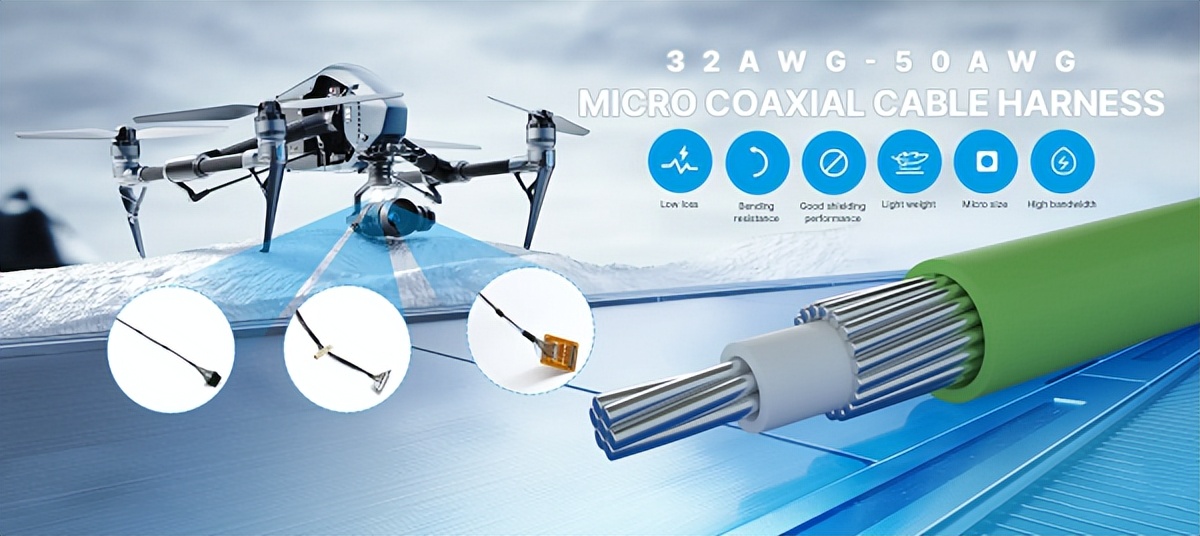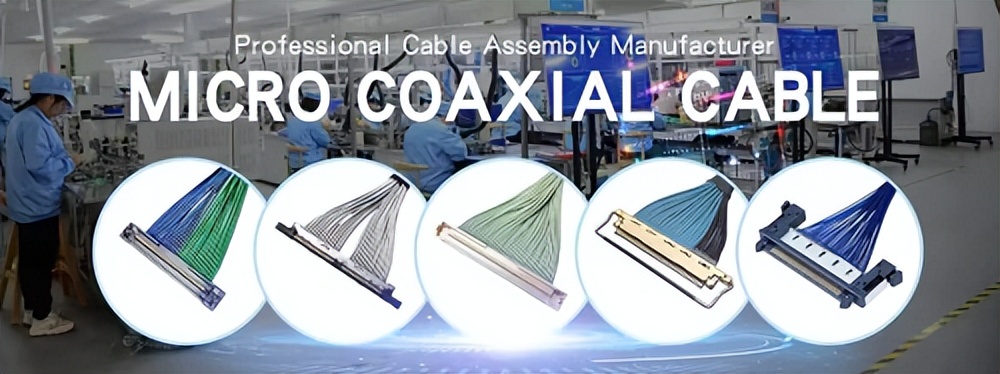Categorization:Harness Component
In the field of high-speed data transmission, signal integrity has become a core consideration in system design. With the continuous increase in data rates, the importance of timing control becomes increasingly prominent. Whether in smartphones, tablets, or in precision equipment such as vehicle displays and medical endoscopes, **micro coaxial cable** has, with its small size, high flexibility, and excellent shielding performance, become the preferred solution for high-speed signal transmission. However, when the rate is elevated to several Gbps, issues such as excessive delay or imbalance can often directly affect the reliability and display quality of the system.
The root cause of latency
Signal delay mainly depends on the propagation speed of the signal in the transmission medium, which is closely related to the dielectric constant, the geometric structure of the cable, and the consistency of processing. For extremely thin coaxial cables, if there is a slight difference in propagation time between each line in multi-channel parallel transmission, a "skew (skew)" phenomenon will occur, leading to signal synchronization imbalance, data distortion, and even error codes.
Two, key means of delay control
Precision structure control
Through high-precision manufacturing technology, ensure the concentricity of the inner conductor, dielectric layer, and shielding layer, so that the signal path remains stable and consistent, and minimize the time delay difference caused by geometric deviation.
2. Low-loss medium selection
Using insulating materials with low dielectric constant and low loss factor can significantly improve signal propagation speed and reduce overall delay.
Channel line length matching
In multi-channel transmission design, strictly maintain the same length for each cable to prevent signal arrival time from being out of sync, ensuring the synchronization of multi-channel signals.
Impedance precise control
Maintaining a consistent characteristic impedance can not only reduce signal reflection and distortion, but also indirectly improve timing consistency, enhancing the overall performance of high-speed links.
Section 3: Experience in Engineering Practice
In high-speed interfaces between mobile terminals and display modules, such as MIPI and eDP connections, extremely fine coaxial cable bundles are widely used. The speed of such interfaces usually reaches several Gbps, and any minor delay differences may cause screen tearing, latency, or display anomalies. Therefore, engineers not only focus on the consistency of the cable itself during design, but also combine connector impedance matching and layout optimization to jointly build a stable high-speed transmission channel.
The delay control of extremely fine coaxial cable束 in high-speed signal transmission is a systematic topic that integrates materials science, structural design, and manufacturing technology. Only by fully considering delay matching and signal integrity at the initial design stage can truly stable, high-speed, and low-error transmission performance be achieved.
I am[Suzhou Huichengyuan Electronic]Focused on the research and development, as well as customization, of high-speed signal cables and ultra-fine coaxial cables, we continuously provide our customers with high-reliability and high-performance interconnection solutions. If you need exclusive customization or technical consultation for high-speed applications, welcome to contact us.Manager Yin 18913280527 (WeChat same number)We will provide you with professional support and engineering advice.